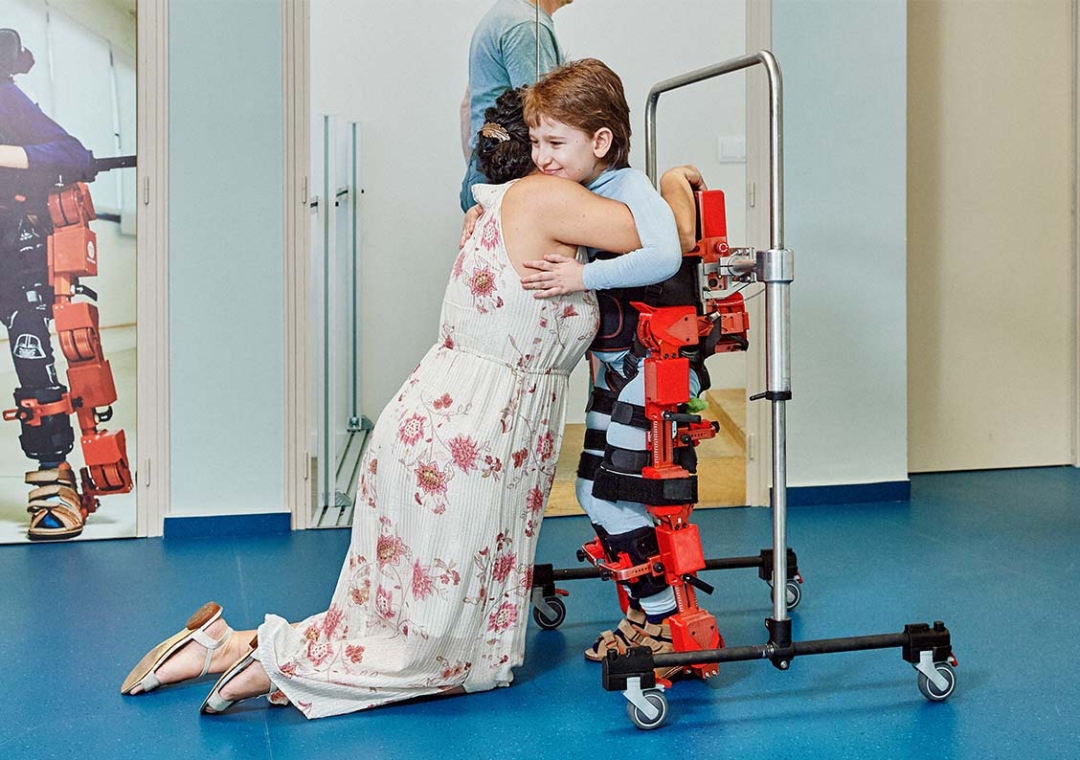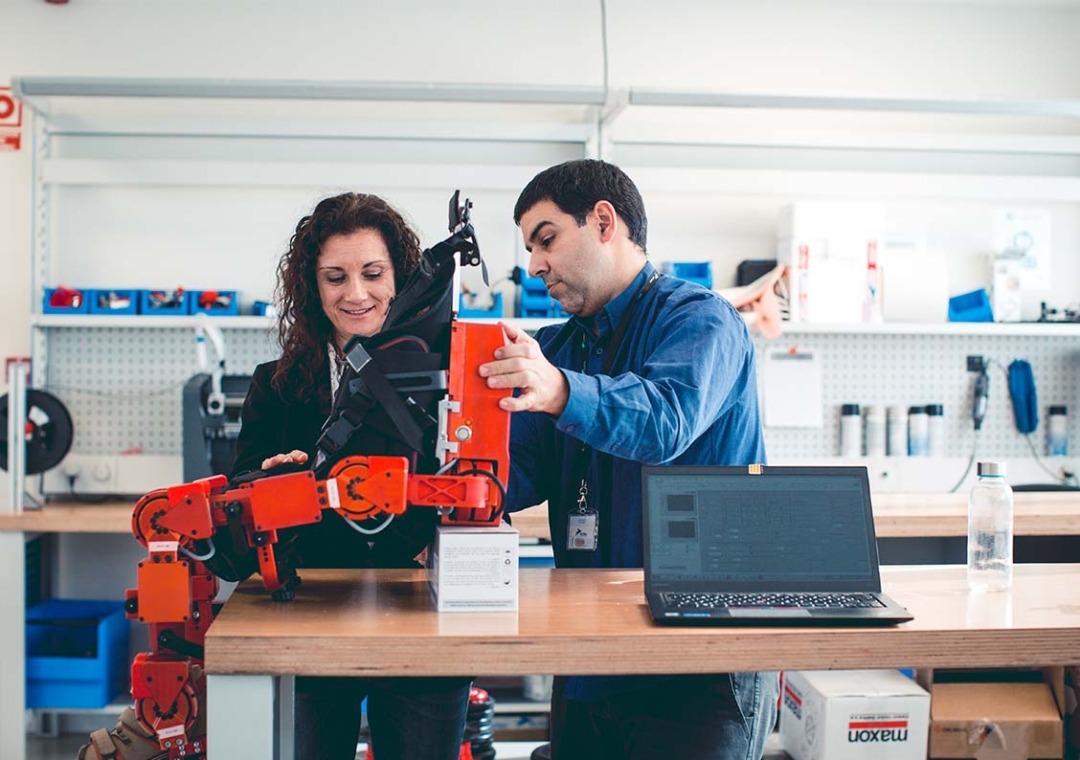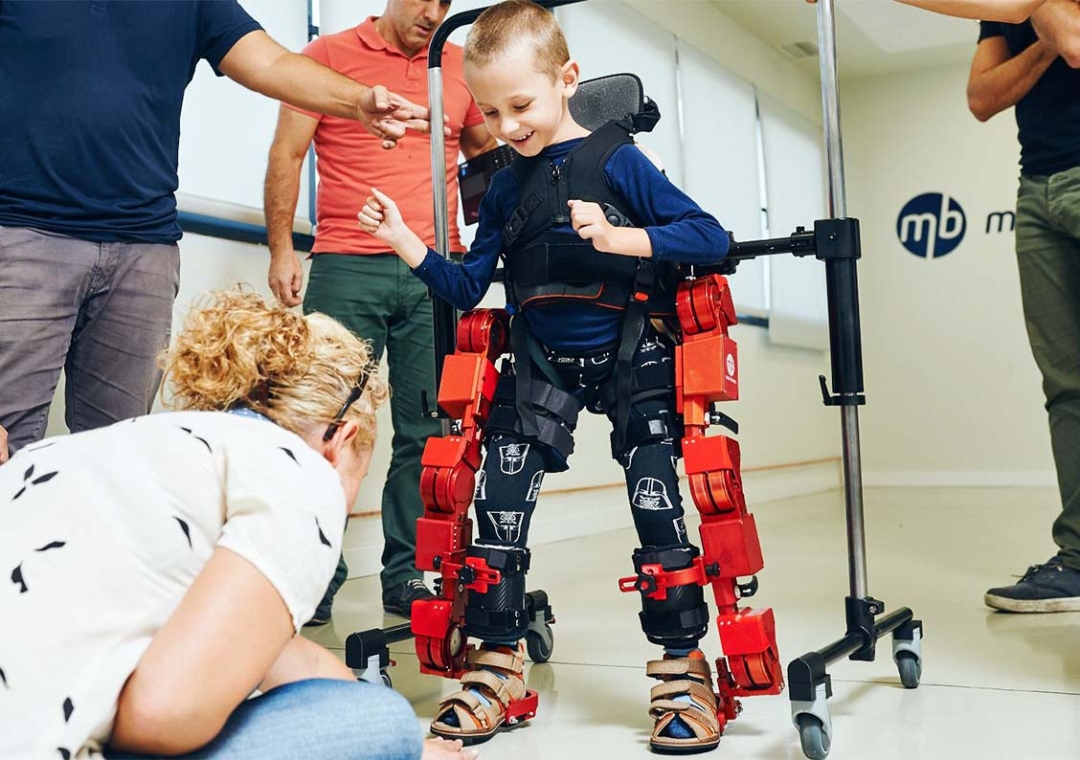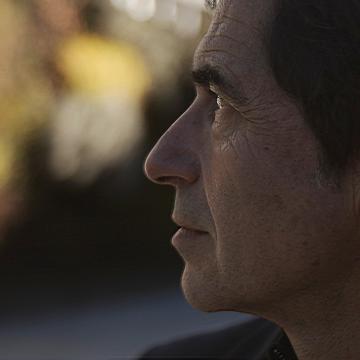Talent for comics and graphic novels is endless in Spain. Paco Roca, Ana Penyas, Paco Sordo, María Medem, Juanjo Guarnido, Teresa Valero… Do you want to get to know some of the best illustrators in the country?
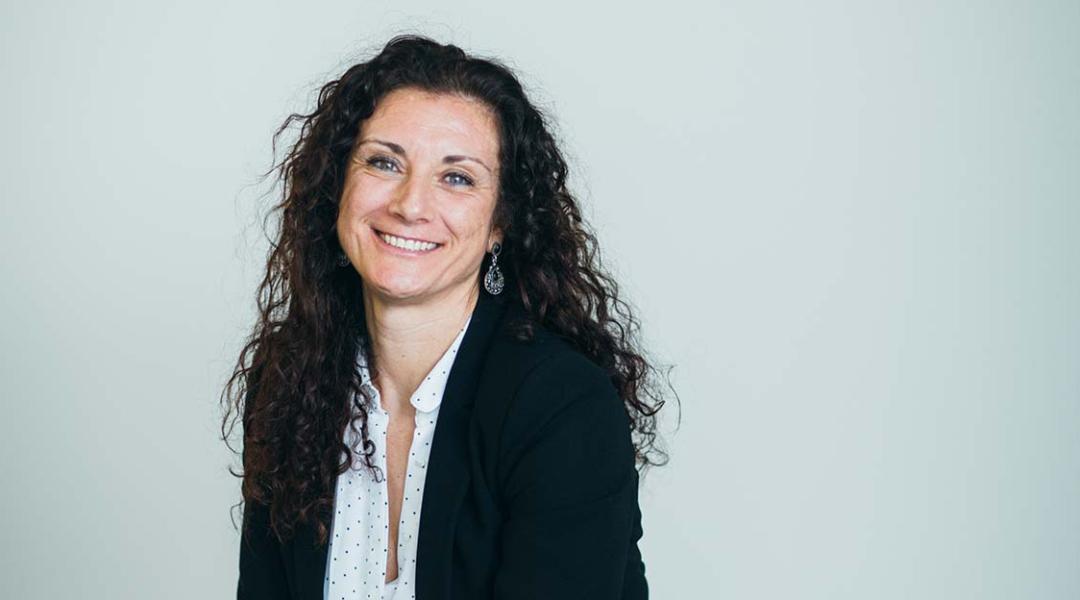
She doesn’t perform miracles, although it may seem like it. Her scientific talent is at the service of human beings, specifically children. Researcher Elena Gª Armada, thanks to the creation of a paediatric exoskeleton (Atlas 2030), has managed to bring the biblical “rise up and walk” a tiny bit closer to becoming a reality for many children with neuromuscular issues.
The life of Elena Gª Armada (Valladolid, 1971) changed when she met Daniela, a girl who was left quadriplegic after a traffic accident. From that moment onwards, this chief scientist at the Centre for Automation and Robotics (CAR) of the Polytechnic University of Madrid (UPM) and the Spanish National Research Council (CSIC), and general director of Marsi Bionics, decided to change the course of her research and go from industrial robotics to robotics dedicated to solving gait problems in children. “Daniela was the spark that has allowed us to have the first paediatric exoskeleton for children with neuromuscular diseases today.” But her goal is for these robots to also be useful for adults with the same kind of pathologies. To discover where her talent comes from, we delve into her past.
You grew up as part of a family of scientists and professors, your mother is a physicist and your father, an engineer; to what extent did this environment make you choose science as a career?
I’ve been lucky enough to be brought up within a family of scientists who were also exemplary in my education. They never limited me. But I have to say that my scientific vocation doesn’t start from zero. Initially, my preferences leant more towards art, but in engineering and, more specifically, robotics, I found the way to merge both passions: creativity and science-technology.
Why did you choose robotics?
As I was saying, I have an extremely creative and curious mind. And robotics is an extraordinary way to solve problems through creativity, which is, by definition, the ability to create. And that’s what we do in the field of robotics, we create something from scratch, programme it, and make it work. It’s gratifying.
“Robotics is an extraordinary way to solve problems through creativity”
What did meeting Daniela, a girl who couldn’t walk, mean to you?
It changed the course of my research. I was focused on industrial robotics, and with Daniela I started applying all that knowledge to solving that kind of problems. Daniella was the spark that has allowed us to have the first paediatric exoskeleton for children with neuromuscular diseases today.
She was the seed of Marsi Bionics, the company you run. What challenges and goals have you set yourselves?
The main goal is to make exoskeletons accessible to everyone, so they can be used to improve the quality of life of people with gait disorders. In this field, robotics can be the distinguishing factor that can shift the therapeutic paradigm. This is the challenge. We also seek to advance our developments. We want Atlas 2030 to be much more than a rehabilitation device, we want it to be a walking aid that can be used at home. This is where we’ll be able to give an important qualitative leap in terms of children’s effectiveness and autonomy. We’ve also developed devices for adults with high-incidence gait disorders, such as spinal injuries, stroke, knee surgeries, etc., thanks to other exoskeletons such as MAK Active Knee (MAK).
Could the robots that contribute to this change in people’s lives pose any risks? Should limits be established?
We’re the ones that programme the robot’s brain, its intelligence and capacity. That is, the limit is on us and our ethics to place technology at the service of human beings and social progress.
Throughout your career, who’s been your greatest inspiration?
My greatest mentor has been my mother. She’s a Doctor in Physics and her scientific vocation began in a much more complex context than mine. Or Margarita Salas, whom I also deeply admire both personally and professionally for her generosity and intelligence.
Two female role models... Is science still dominated by men?
It depends on the scientific branch. Within the scientific-technical field, and even more so in robotics engineering, there are less women than there should be. But it’s also true that we’re moving forward by leaps and bounds, and more and more women are passionate about engineering. When I was at university, we were only eight women in a class of one hundred. Little by little, and with a lot of effort, we will reach a more level playing field that doesn’t exclude female talent from STEAM fields —the areas of science, technology, engineering, art, and mathematics—.
What do we need to promote a stronger presence of female talent within science?
We need to provoke a cultural change that, I must admit, is already starting to happen. And this is where women who work in these fields must make an effort to educate. I like to convey two ideas: how normal and socially useful it is. First, we have to show girls, especially during adolescence —when they take notice of extremely diverse role models—, that female scientists are normal women. Research is fun and within everyone’s reach. Second, we have to clarify that science isn’t just working in a lab and that’s it, it has the ability to change people’s lives. It generates knowledge for the world that solves large social problems.
“Science isn’t just working in a lab and that’s it, it has the ability to change people’s lives”
Are science and scientific talent in good health in Spain?
Spanish research is of exceedingly high quality and is thus recognised internationally. Our public research institutions and universities are among the Top 10 scientific organisations worldwide. Nevertheless, if you take a stroll around a research centre in Spain, laboratories are underequipped: dwindling research teams, uncompetitive working contracts, and lack of stability in research careers. These issues are due to more than a decade of budget cuts to R&D, which, despite slowly recovering in recent years, hasn’t been enough to restore the health of our scientific system. Investment in R&D in Spain must be doubled so that the efforts of excellent researchers can crystallise into the progress of our society.
If you could make one wish, what would it be?
So many things come to mind... Focusing on my field, I wish I could work exclusively on industrial robots because there aren’t any children that can’t walk.
